BENEFITS OF WINDOW FILM
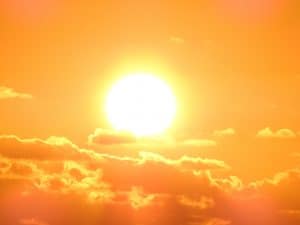
ULTRAVIOLET PROTECTION
Special ultraviolet (UV) absorbers allow window films to provide a significant degree of UV protection against fading of interior surfaces and offer skin protection as well. Almost clear films are available for those applications that require no change in appearance.
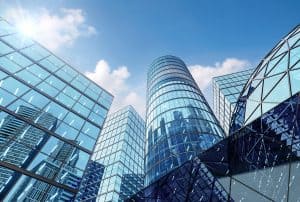
ENERGY SAVINGS
Window Films can help decrease and balance HVAC loads in large buildings providing significant energy and cost savings. Some applications may qualify for LEED credits and reduce the carbon footprint.
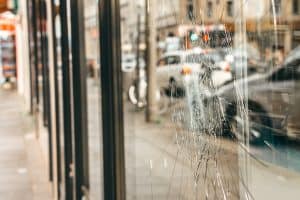
SAFETY AND SECURITY
Safety and Security Films can help keep the occupants of building from flying glass in cases of emergencies. These films are designed to hold the glass in place for longer in case of breakage. They serve as another barrier between outside forces, and occupants of buildings.

HEAT CONTROL
Window film can help improve comfort in your car or home by reducing the amount of heat that passes through the glass. The better the total solar energy rejection (TSER) the better the heat control.
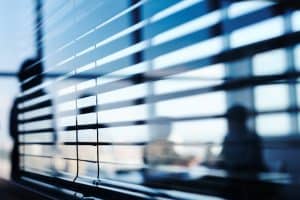
PRIVACY AND GLARE
Wherever the application, the correct choice of window film can provide the desired degree of privacy and glare protection. From shielding occupants from unwanted attention to making video screens comfortable to watch, window film can provide a solution.

AESTHETICS
Window film can improve the look of any car by reducing distracting interior views. Reflective window film can improve the aesthetics of commercial buildings and provide a seamless, monolithic exterior look. In addition, decorative film can add style to office and retail spaces.
A Brief History of Window Film
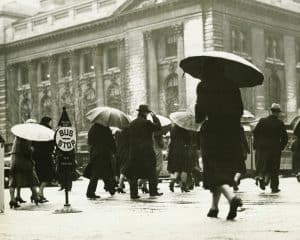
As glass coatings became prominent and energy became more costly, building owners and managers looked for ways to improve their existing commercial properties without the expense and disruption of replacement windows. Solar control window film fit that need. Dating back to the 1960’s reflective films made with metallized aluminum polyester coatings were offered for sale. Such early films were excellent at reflecting solar radiation back to the outside of the building and were especially popular in cooling dominant climates.
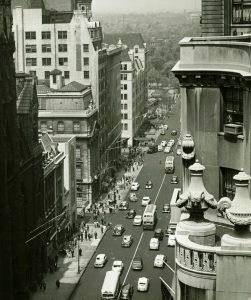
Developed in the late 1920s and early 1930s, polyester film is a popular laminating substrate. Manufactured by melting polyester chips and then extruding and stretching the film in both the length and then width at high speeds, polyester film is a highly useful substrate. It is durable, tough, and highly flexible, absorbs little moisture, and has both high and low temperature resistances. It offers crystal clarity and can be pre-treated to accept different types of coatings such as adhesives. Polyester film can also be metallized and easily laminated to other layers of film. Polyester film can also be dyed, or metallized, by either vacuum coating or sputtering to produce an array of colored and spectrally selective films. Polyester film thickness is measured in the United States in “mils” which is .001 inches.
